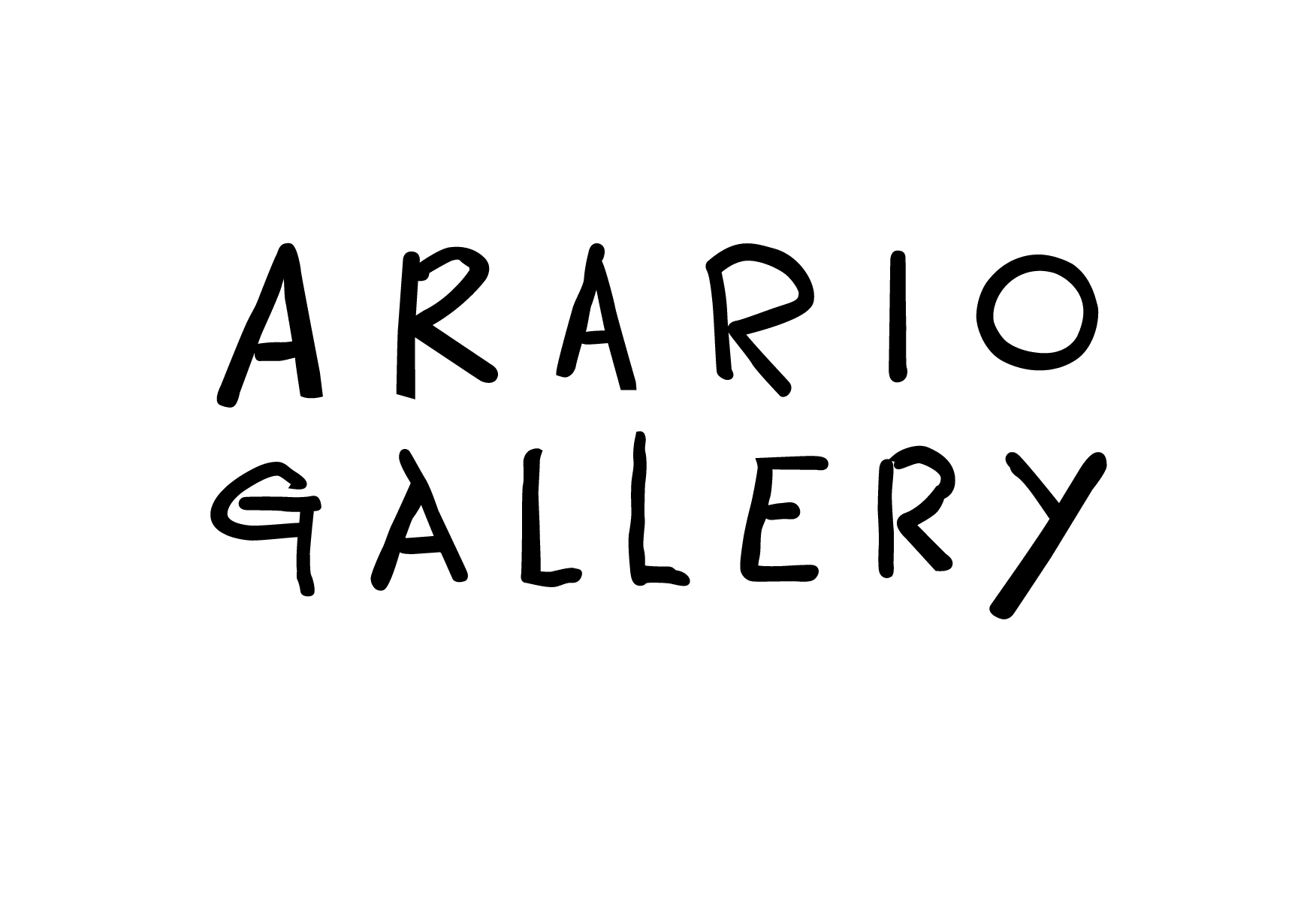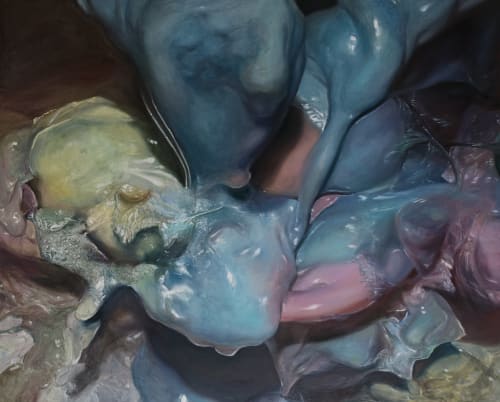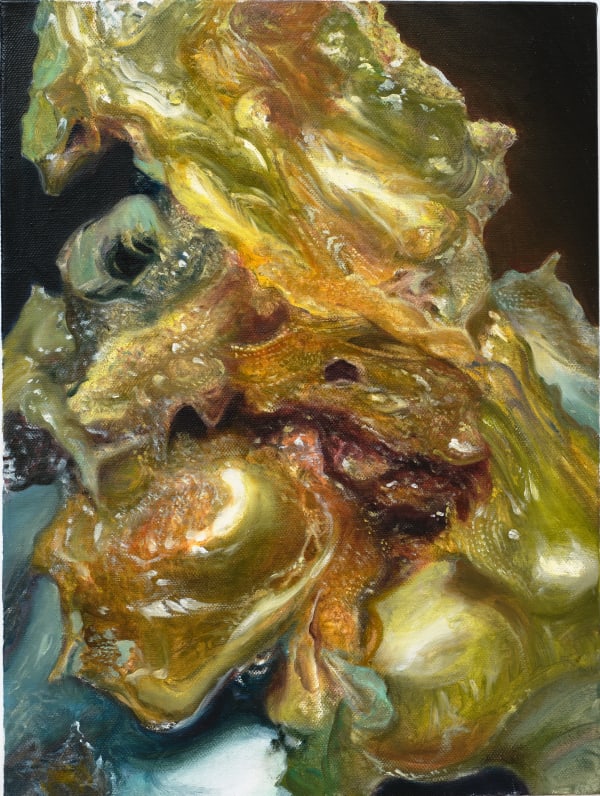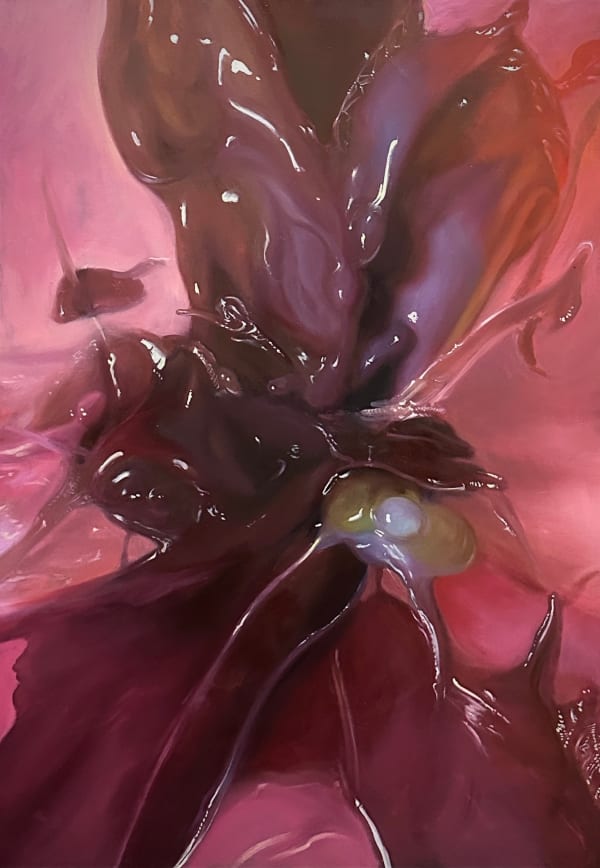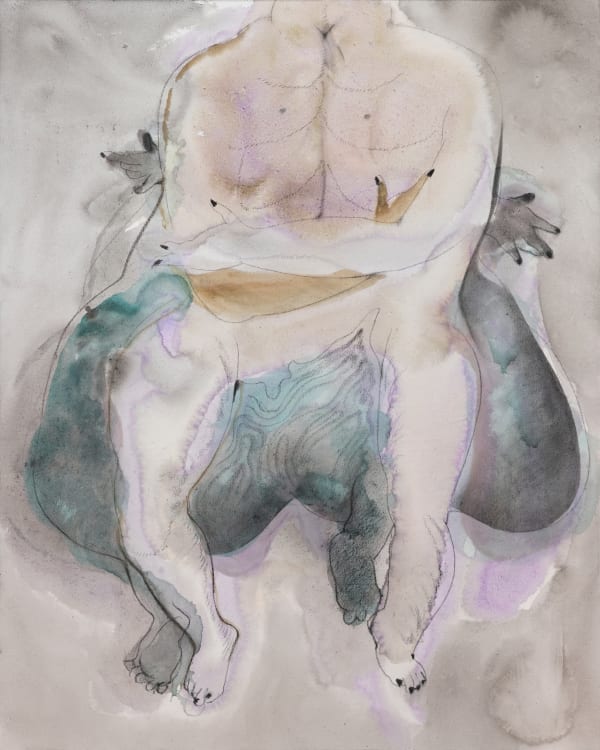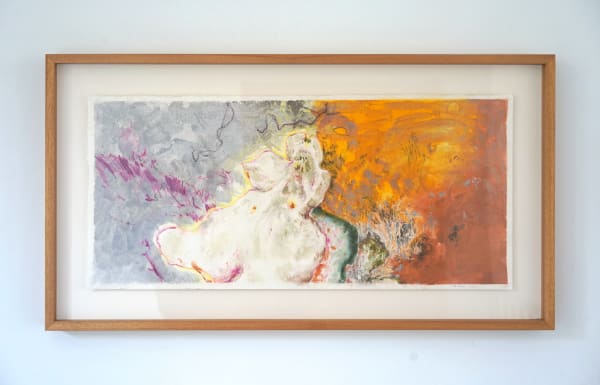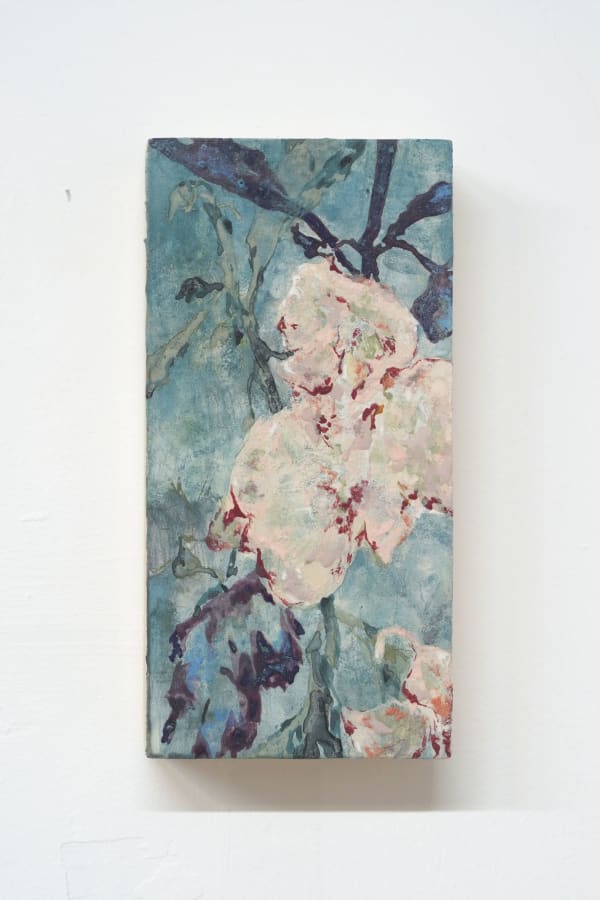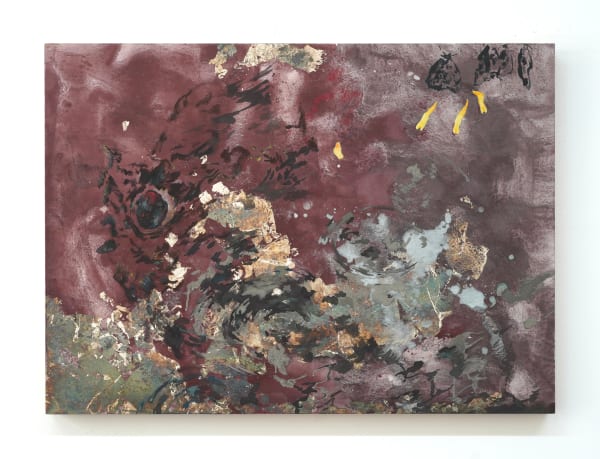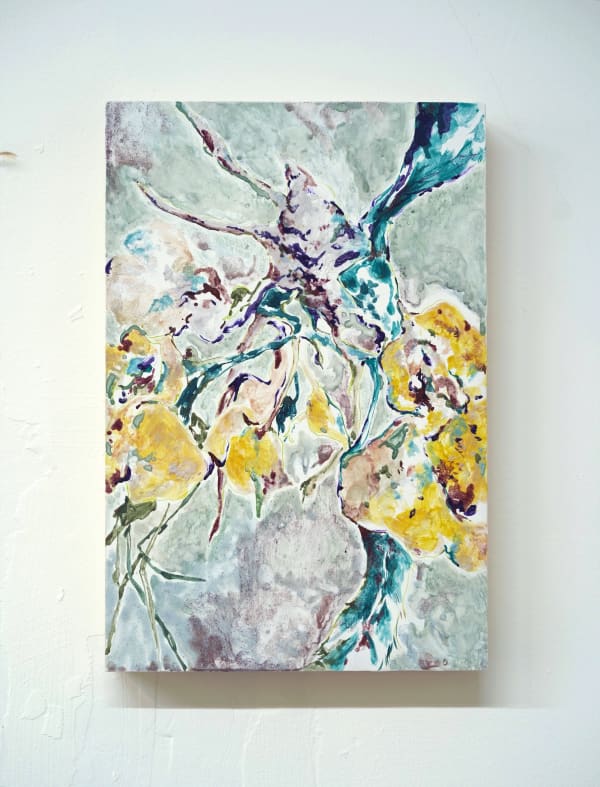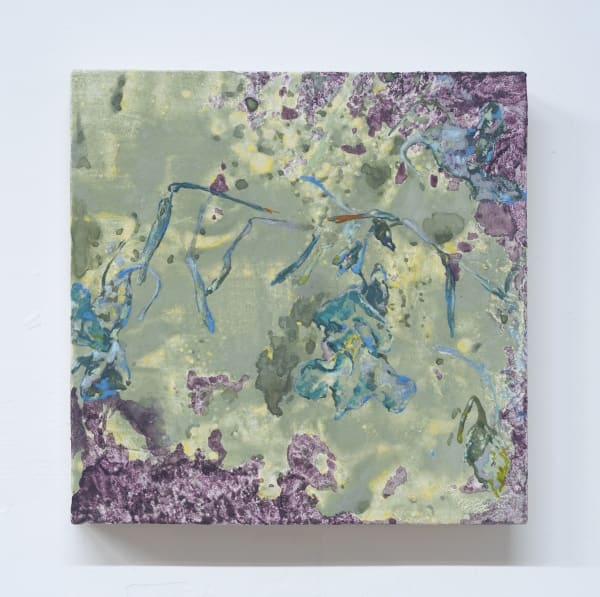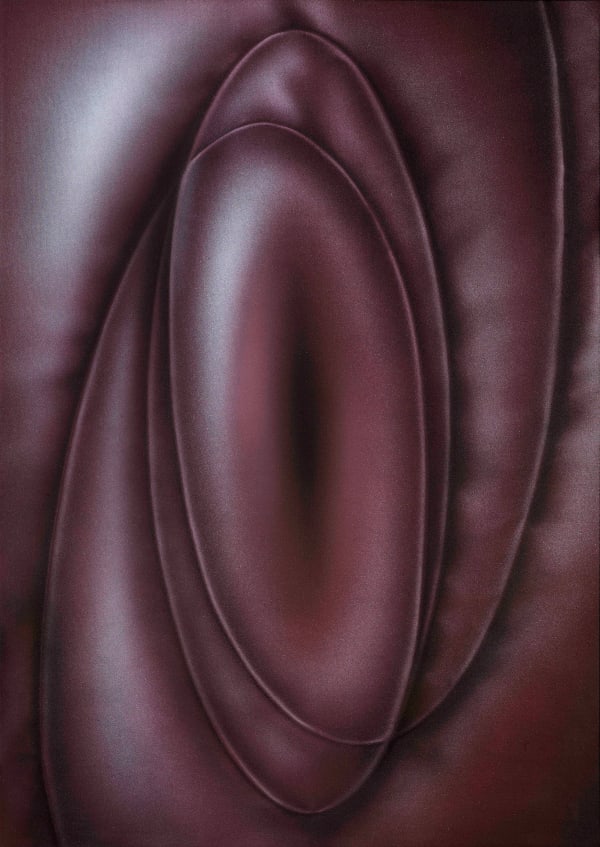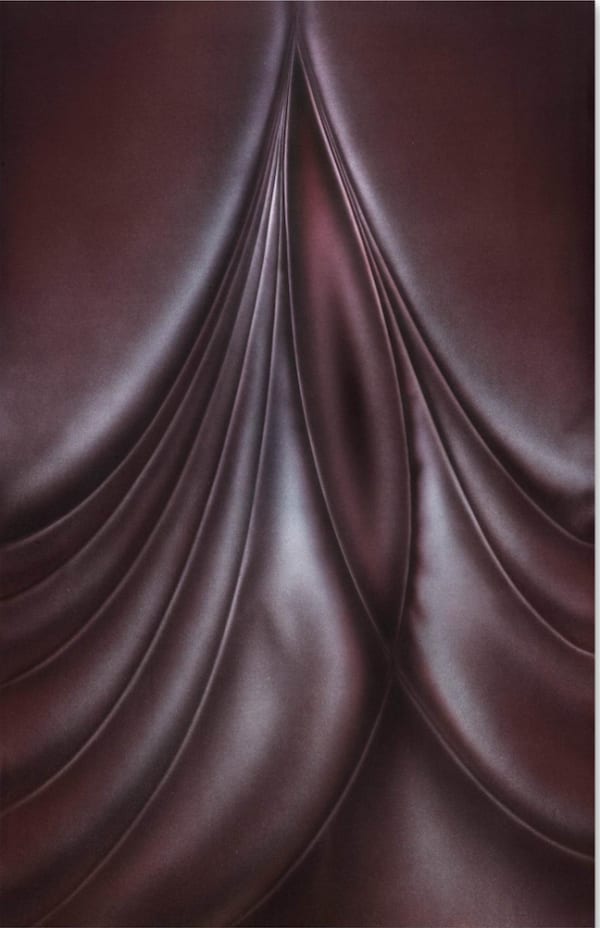Almost Molting: GROUP EXHIBITION
"For beauty is nothing but the beginning of terror." (Denn das Schöne ist nichts als des Schrecklichen Anfang.) Inspired by the paradox revealed by poet Rainer Maria Rilke in his Duino Elegies, this exhibition explores states of being that are symptomatic of psychological or cultural conditions, in which meaning is perpetually deferred through différance. Originating in profound desires and drifting through the peripheries of perception, they evoke a complex affect interwoven with allure and the uncanny. "Molting" metaphorically signifies the shuddering moment of corporeal renewal. When the old skin clings yet peels away and the new flesh remains semi-revealed, beauty coexists with dread. Here, the body becomes the site of psychic evolution: the molt is both the ambiguous vestige of existential transformation and a symbol of the transgressive imprints coagulated within the depths of perception. The artists collectively focus on these elusive states of being, tracing the alternative trajectories these states slip into within the deferral of meaning.
The works of Ma Lingli and Shao Fengtian probe into explorations of pre-linguistic affect. Ma Lingli employs traditional silk painting as her medium, grounding her practice in a fortuitous childhood glimpse of concealed secrecy behind drawn curtains. The fluid drapery traversing the silk surface materializes an obscure libidinal drive, while her "pinching traces" — born from gestures that rupture pictorial conventions — transmute into sacred visual symbols. Shao Fengtian's works manifest an indescribable quality: viscous yet cold living organisms akin to clustered matter. In his "TENC" series, the artist attempts to capture the "quivering" within processes of becoming: an unfinished, liminal metamorphic state hovering between the biological and non-biological. This state evokes an embodied affective tremor, rendering the ineffable moment of genesis perceptible through bodily experience.
In the works of Chen Li and Wang Qiqi, the body emerges as a symptomatic field. Chen Li's Balsam series transmutes the garish hues and forms of the folk custom—dyeing nails with balsam flowers—into vivid embodiments of undisciplined desires among marginalized rural women. During the pigment-setting process as balsam juice permeates the nail, the confined body part paradoxically becomes a unique site for the "becoming-lustrous" of desire and vitality. Wang Qiqi's practice, informed by medical imagery, shapes her critical perception of the grotesque body. Bodies reconfigured through discipline, alienation, or pathological mutation in her paintings slough off human semblance within an affective tension woven by power, gradually pointing toward transcendent potential within states of flux.
